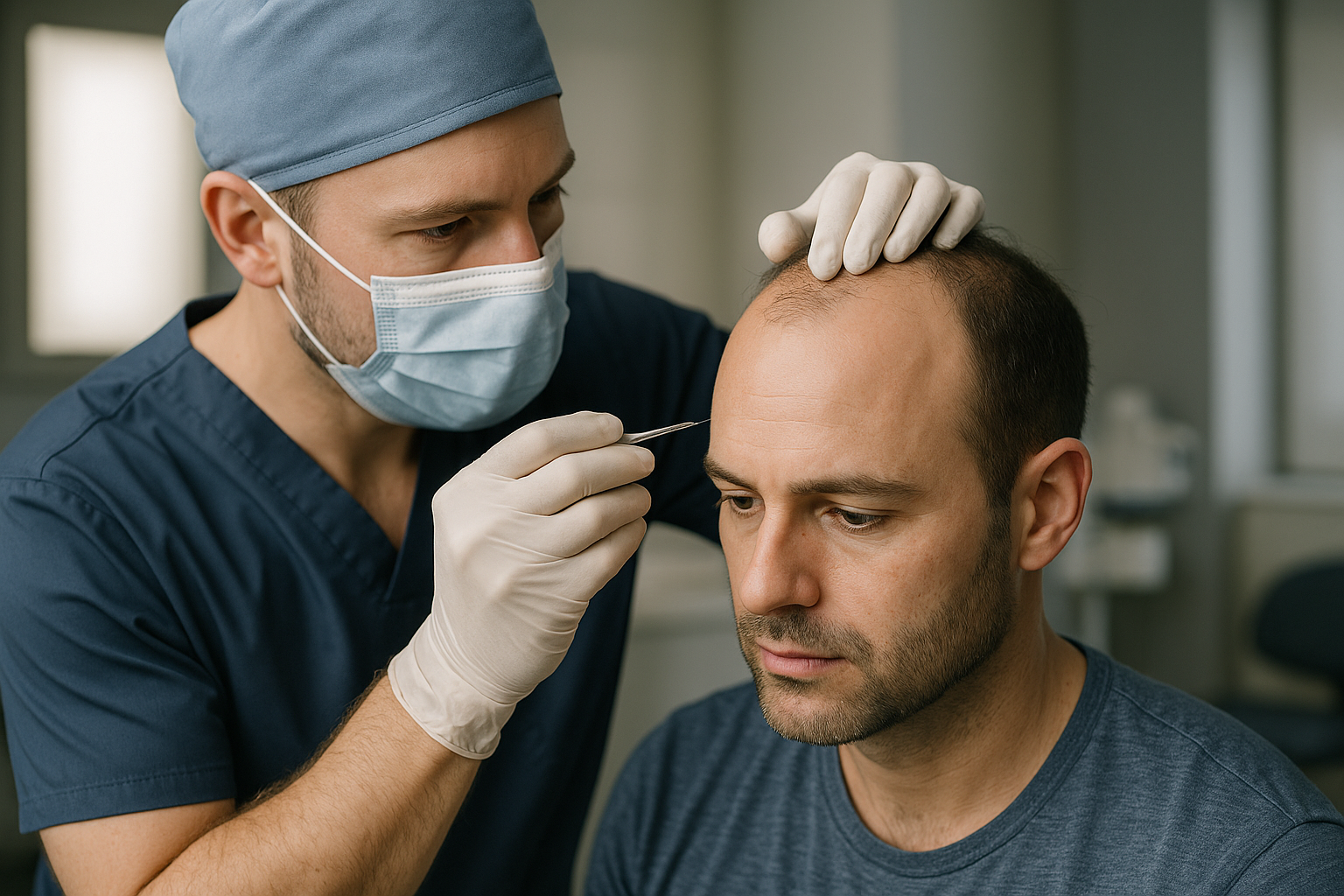Doctors Discuss Innovative Fat Reduction Method for Patients
In recent discussions, medical professionals have shed light on a new fat reduction method that aims to address concerns related to body fat. This technique has garnered attention for its potential effectiveness and safety. Doctors emphasize the importance of understanding the procedure, its mechanisms, and what patients should consider before opting for this treatment.

Recent advancements in medical technology have introduced innovative approaches to fat reduction that are gaining attention from healthcare professionals. These methods aim to address areas of stubborn fat that may not respond well to traditional weight management techniques. Medical doctors specializing in cosmetic procedures and weight management are now discussing the efficacy, safety, and appropriate applications of these newer techniques.
How Does the New Fat Reduction Method Work?
The innovative fat reduction method being discussed by medical professionals utilizes controlled cooling technology to target and eliminate fat cells without damaging surrounding tissues. This non-invasive approach, often referred to as cryolipolysis, works by applying precise cooling to specific areas of the body where unwanted fat deposits exist. The cooling process causes fat cells to crystallize and eventually die off, after which the body naturally processes and eliminates them over time.
Unlike traditional surgical fat removal methods such as liposuction, this approach doesn’t require incisions, anesthesia, or recovery time. The procedure typically takes about 35-60 minutes per treatment area, with patients able to return to normal activities immediately afterward. Results develop gradually over weeks and months as the body naturally processes the affected fat cells.
The technology targets subcutaneous fat—the fat that lies just beneath the skin—rather than visceral fat surrounding internal organs. This makes it particularly suitable for addressing localized fat deposits in areas like the abdomen, flanks, thighs, and under the chin.
Medical Professionals’ Perspectives on Safety and Effectiveness
Dermatologists and cosmetic surgeons have been evaluating the clinical outcomes of this fat reduction method through various studies and patient follow-ups. According to medical professionals, the procedure has demonstrated consistent results with fat reduction ranging from 20-25% in treated areas after a single session. Multiple sessions may be recommended depending on the patient’s goals and the treatment area.
Safety profiles from clinical studies indicate minimal side effects, typically limited to temporary redness, swelling, bruising, or skin sensitivity in the treated area. More serious complications are rare when the procedure is performed by qualified practitioners using approved devices. This favorable safety profile is one reason many doctors are incorporating this method into their practices.
Medical professionals emphasize that while effective for targeted fat reduction, this method is not a weight-loss solution. It works best for patients who are at or near their ideal weight but have specific areas of stubborn fat that resist diet and exercise. Doctors stress the importance of maintaining realistic expectations and understanding that results vary between individuals.
Important Considerations Before Choosing This Fat Reduction Method
Medical professionals advise that patient selection is crucial for optimal outcomes with this fat reduction approach. Ideal candidates are those who maintain a stable weight, follow healthy lifestyle habits, and have specific areas of concern rather than overall weight issues. The procedure is not recommended for individuals with certain medical conditions including cryoglobulinemia, cold agglutinin disease, or paroxysmal cold hemoglobinuria.
Doctors recommend patients consider several factors before proceeding with treatment. First, results appear gradually—typically becoming noticeable within three weeks with maximum results visible after two to three months. Second, while the procedure permanently eliminates treated fat cells, maintaining results requires continued healthy lifestyle choices. Weight gain can cause remaining fat cells to expand, potentially affecting the aesthetic outcome.
Another important consideration is cost, as these procedures are typically considered cosmetic and not covered by health insurance. Patients should also have realistic expectations about what the treatment can achieve and understand that it’s not a substitute for healthy weight management practices.
Treatment Options and Provider Comparison
When considering fat reduction procedures, patients have several options available from different providers across the UK. Each provider may use slightly different technologies or approaches, though they operate on similar principles.
| Provider Type | Common Procedures | Key Features | Approximate Cost Range |
|---|---|---|---|
| NHS Hospitals | Limited cosmetic fat reduction | Typically only for medical necessity cases | Covered by NHS if medically indicated |
| Private Clinics | Cryolipolysis, RF treatments | Wider availability, shorter wait times | £500-£800 per treatment area |
| Dermatology Centers | Cryolipolysis, laser fat reduction | Medical supervision, skin condition expertise | £600-£900 per treatment area |
| Cosmetic Surgery Centers | Surgical and non-surgical options | Comprehensive approach, multiple technologies | £700-£1,200 per treatment area |
| Spa/Wellness Centers | Light-based treatments, RF treatments | Comfort-focused experience, package deals | £400-£700 per treatment area |
Prices, rates, or cost estimates mentioned in this article are based on the latest available information but may change over time. Independent research is advised before making financial decisions.
Recovery and Results: What Patients Can Expect
Medical professionals explain that one of the key advantages of this innovative fat reduction method is the minimal recovery period. Most patients can immediately return to their daily activities after treatment, making it convenient for those with busy schedules. Some patients report mild discomfort, redness, or swelling in the treated area, but these effects typically subside within a few days.
Results develop gradually as the body processes and eliminates the affected fat cells. Patients may begin to notice changes within three weeks of treatment, with the most dramatic results typically appearing after two to three months. Some providers recommend a series of treatments spaced several weeks apart for optimal results, particularly for larger treatment areas.
Doctors note that the permanence of results depends largely on lifestyle factors. Since the procedure eliminates fat cells rather than simply shrinking them, results can be long-lasting if patients maintain stable weight through proper diet and exercise. However, significant weight gain after treatment can compromise results as remaining fat cells can expand.
The gradual nature of results is considered a benefit by many practitioners, as it allows for a more natural-looking transformation without the dramatic changes that might occur with surgical interventions. This subtlety also means that others typically won’t recognize that a procedure has been performed, which many patients prefer.
This article is for informational purposes only and should not be considered medical advice. Please consult a qualified healthcare professional for personalized guidance and treatment.



